Geologically speaking, Yellowstone National Park is a confluence of immense forces: volcanism, hydrothermal, and seismic activity.
It’s almost miraculous. Sure, geysers and the Yellowstone caldera—to say nothing of the Grand Canyon of the Yellowstone—get most of the press when we think of Yellowstone geology, but you can go anywhere in Yellowstone and see the hallmarks of its geologic history. It’s evident in the height of its mountains and the depths of its valleys.
In our opinion, however, there’s a portion of the Park where the geology is both awe-inspiring and a bit weird, from the Grand Canyon to the Hoodoos and Sheepeater Cliffs.
This itinerary doesn’t cover every aspect of Yellowstone’s geology, even in the north, but it does provide a sampling of Yellowstone geology.
North Yellowstone Geology: Start in Lake, End in Mammoth Hot Springs
Suggested Starting Time: 11 a.m. to 12 p.m.
The basic intention of this one-day trip is to get you to Mammoth in time for dinner. In the meantime, there is absolutely no need to rush out of Lake Village. Take some time to eat a leisurely breakfast, drink coffee on the Lake Lodge porch or in the Lake Hotel Sun Room. You could even stay and have lunch before setting out.
Hitting the Road
It’s an easy drive up to Canyon from Lake. The road curves a bit and climbs as you travel through the Hayden Valley however.
Mud Volcano
One of the most unique basins in Yellowstone National Park, Mud Volcano is well worth a stop, even if just to see the lower portion.
Sulphur Caldron
This reeking roadside feature sports some of the most acidic waters in the Park—with a pH of roughly 1.2; it’s akin to citric acid.
Hayden Valley
Named for the leader of the 1871 Geological Survey, Hayden Valley evinces signs of glacial activity in Yellowstone National Park: glacial till and outwash from piedmont glaciers (where ice is pushed from steep valleys to flat plains, squeezing out bulbous lobes of ice) lays in the valley, stirred around during the Quaternary Period.
The Grand Canyon of the Yellowstone
The Grand Canyon of the Yellowstone is a veritable drama of Yellowstone geology. Evidence of rhyolite flows, glacial carving, and erosion are on display in various facets of the Canyon’s towering walls and thundering falls.
There are multiple ways you can see the Grand Canyon. Depending on what part of the canyon you wish to see, pick a rim as well as a route. You could spend a day alone seeing all of the canyon. But regardless of how much time you spend canyon gazing, please be cautious, as some paths are steep.
Lunch: Canyon Village (optional)
If you’ve already eaten lunch, you should consider just stopping in Canyon for a restroom break or snack-gathering expedition. Otherwise, food is available from the Canyon Lodge Dining Room, Deli, and Cafeteria, as well as the General Store.
Canyon Visitor Education Center
The Canyon Visitor Center specializes in Yellowstone geology, with the main focus being Yellowstone’s caldera/hot spot and prior volcanic history. Here, visitors can learn about ash distribution, glaciation throughout the Park, seismic activity, and learn about hot spots all across the world even—using a giant kugel ball.
Hitting the Road
The driving between Canyon and Tower-Roosevelt is a little difficult, given that 1) you need to pass through Dunraven Pass and 2) takes you approximately 1650 feet downslope.
Dunraven Pass
Named for Windham Wyndham-Quin, 4th Earl of Dunraven and Mount-Earl, an early visitor of Yellowstone National Park in 1874, Dunraven Pass offers geologically curious visitors two boons. One, as a roadcut, it offers a glimpse into Yellowstone geology. Two, being just outside the Yellowstone caldera’s rim, it offers a spectacular view into its immense dimensions.
Mount Washburn (optional)
Hiking to Mount Washburn is a sizable undertaking and not recommended on a one-day trip. If you have time for a quick detour, you can always take Chittenden Road up to a small parking lot, which offers stunning views of the surrounding landscape.
Tower Fall
An impressive waterfall, cascading 132-feet through lush evergreens and formidable rocky outcroppings. The nearby General Store makes for a good pit stop if necessary.
Specimen Ridge
This ridge hosts the largest concentration of undisturbed petrified trees in the world, and while you can’t get as close to it as you can to Petrified Tree outside of Roosevelt, you can still take in some remarkable landscape.
Petrified Tree
Located at the end of a short road, on the route between Tower-Roosevelt and Mammoth Hot Springs, everything you need to know about Petrified Tree is in the name. But it’s another thing to see it up close: it’s an astounding artifact of Yellowstone volcanism.
For a closer look at petrified wood, you should check out the petrified stump placed in front of the Albright Visitor Center in Mammoth Hot Springs.
Forces of the Northern Range
This exhibit, accessible via a half-mile boardwalk, explains some of the several forces in Yellowstone geology that left their marks on the Park.
Undine Falls
This triple-tiered waterfall is visible from the road, but you can get a closer look by following a short trail.
Gardner River
As you roll into Mammoth Hot Springs, you’ll cross a bridge over the Gardner River, which features an impressive view into the valley below.
Dinner: Mammoth Hot Springs
If you roll into Mammoth a little early, you should save dinner for later and head a bit south to see the Hoodoos. Otherwise, food can be obtained at the Mammoth Hotel Dining Room as well as the Terrace Grill, or from the General Store.
Lodging
Lodging in Mammoth Hot Springs can be found either in the Mammoth Hot Springs Hotel or down in the campground. Alternatively, the town of Gardiner, MT is only five miles to the north.
Liberty Cap
This travertine tower has had a colorful history in Yellowstone National Park, ever since the 1871 Hayden Geological Survey documented it.
Created by a constant flow of mineral-rich water over thousands of years, these travertine terraces are marvels of accumulation. The best part of all this is it’s still very much a work in progress, as new features still crop up.
Golden Gate
The Golden Gate—named for its sheer, shimmery rock face—marks some of the steepest driving in Yellowstone National Park, as the road hugs the rock. Don’t let that daunt you; traveling through the Golden Gate area is a fun undertaking. Don’t miss seeing Rustic Falls either.
Bunsen Peak
Named for early volcanic theorist and Bunsen burner inventor Robert Bunsen, this peak is surrounded by a very popular hiking trail. Even if you don’t have time to hike around it, it’s an amazing sight, visible from most of the Mammoth area, even the hotel!
The Hoodoos
Sadly, these are not real hoodoos—pillars of rock peculiarly carved by the wind over millennia—but they do at least harken to the weirdness inherent to hoodoos in general. These “hoodoos” south of Mammoth are a weird treat to see. You can reach them via a one-way loop off the Grand Loop Road.
Sheepeater Cliff
One of our favorite stops in Yellowstone National Park. Named for the Sheepeater people (or Tukudeka tribe), this wall of columnar basalt is a stunning artifact of Yellowstone’s volcanic history. A stunning feature.
 Yellowstone Insider Your Complete Guide to America's First National Park
Yellowstone Insider Your Complete Guide to America's First National Park
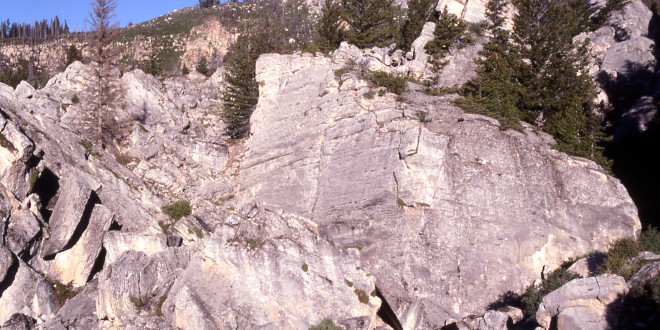
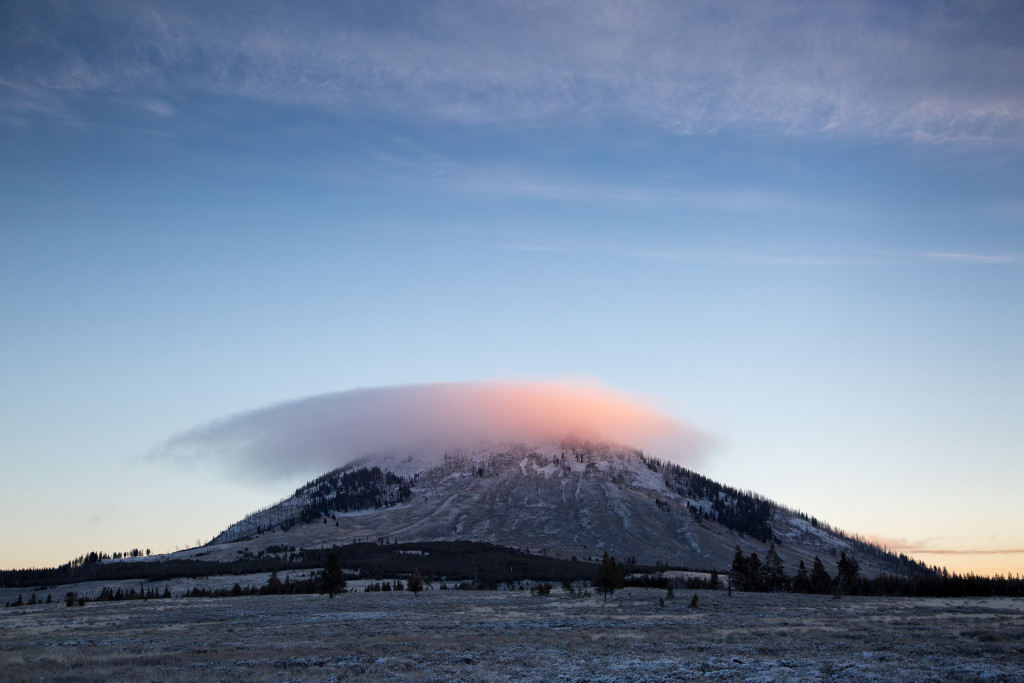
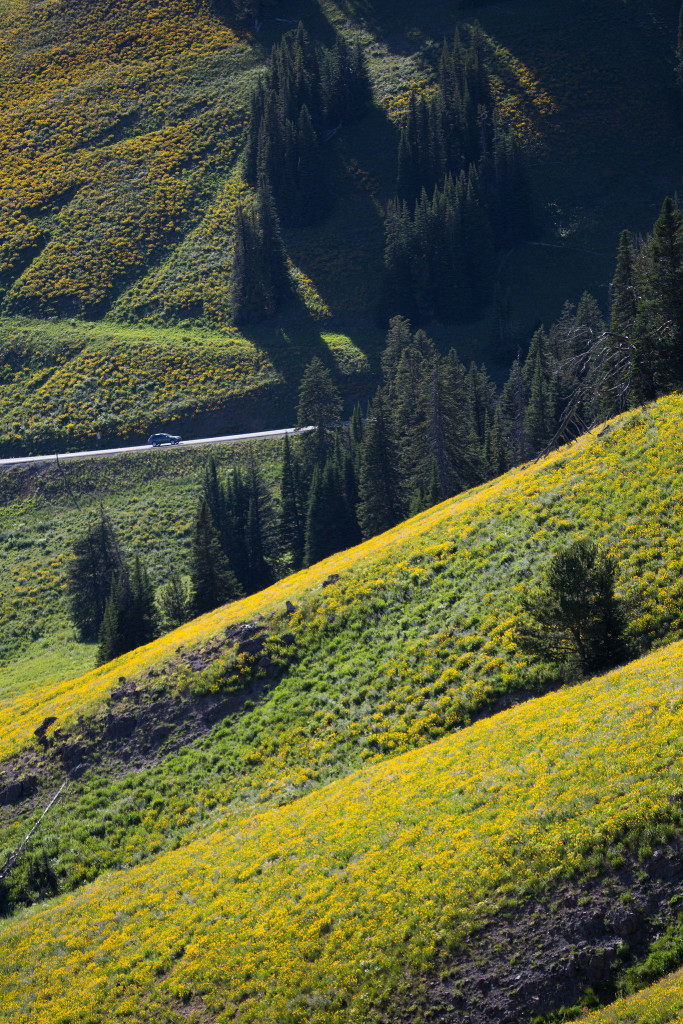
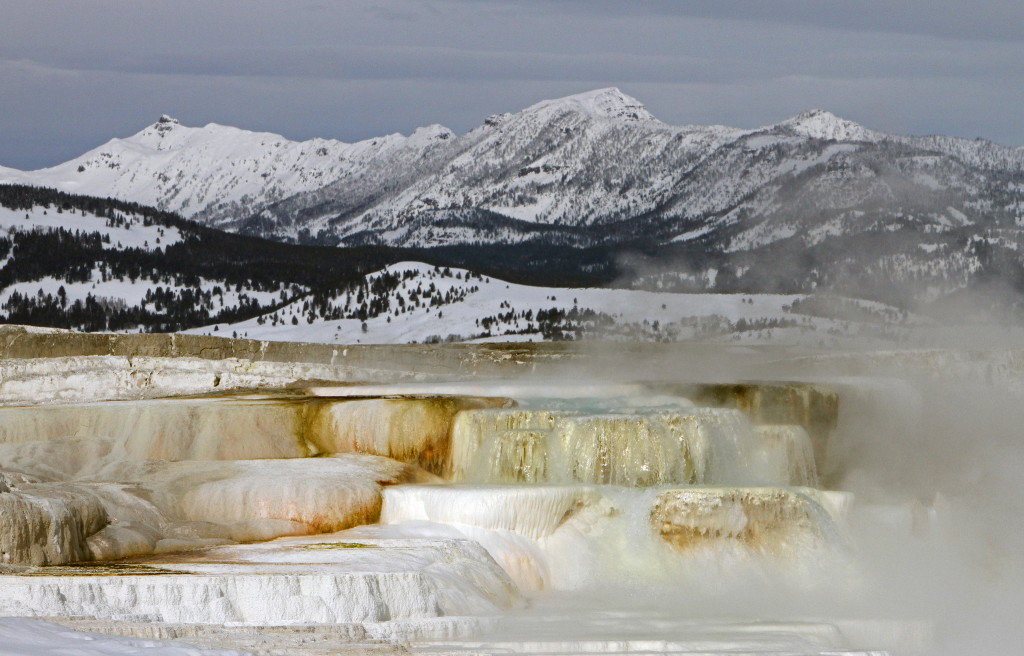
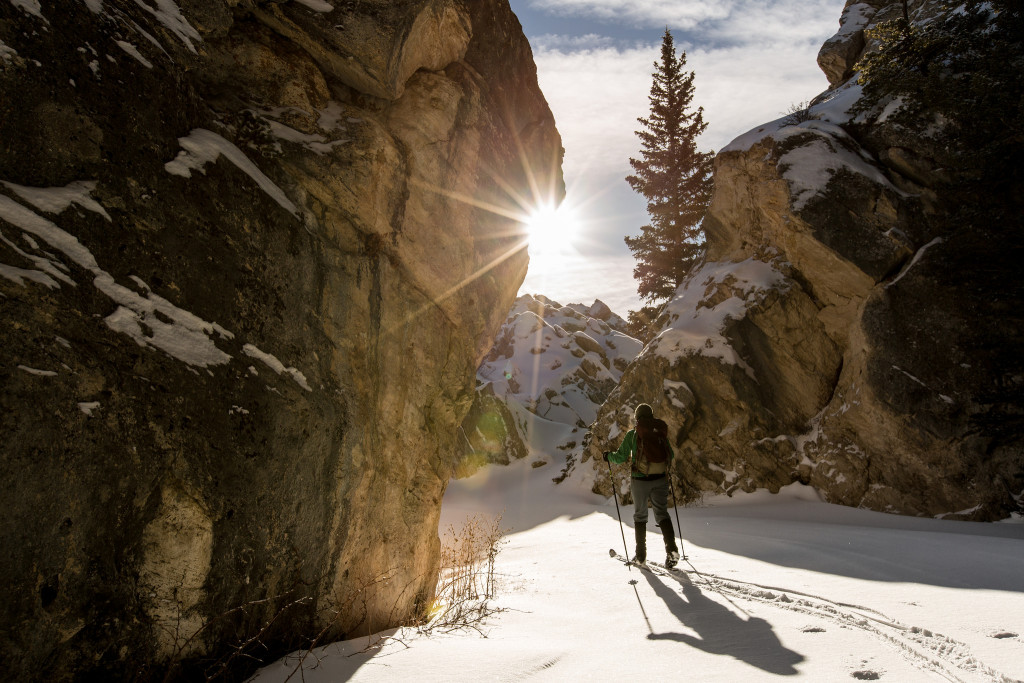




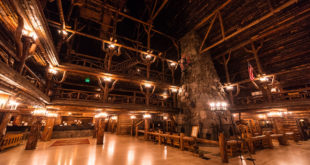
You must be logged in to post a comment.